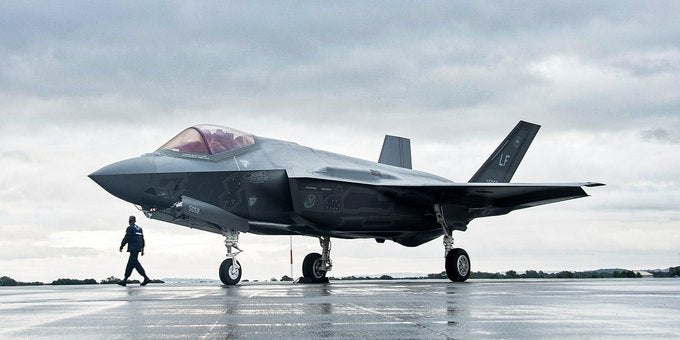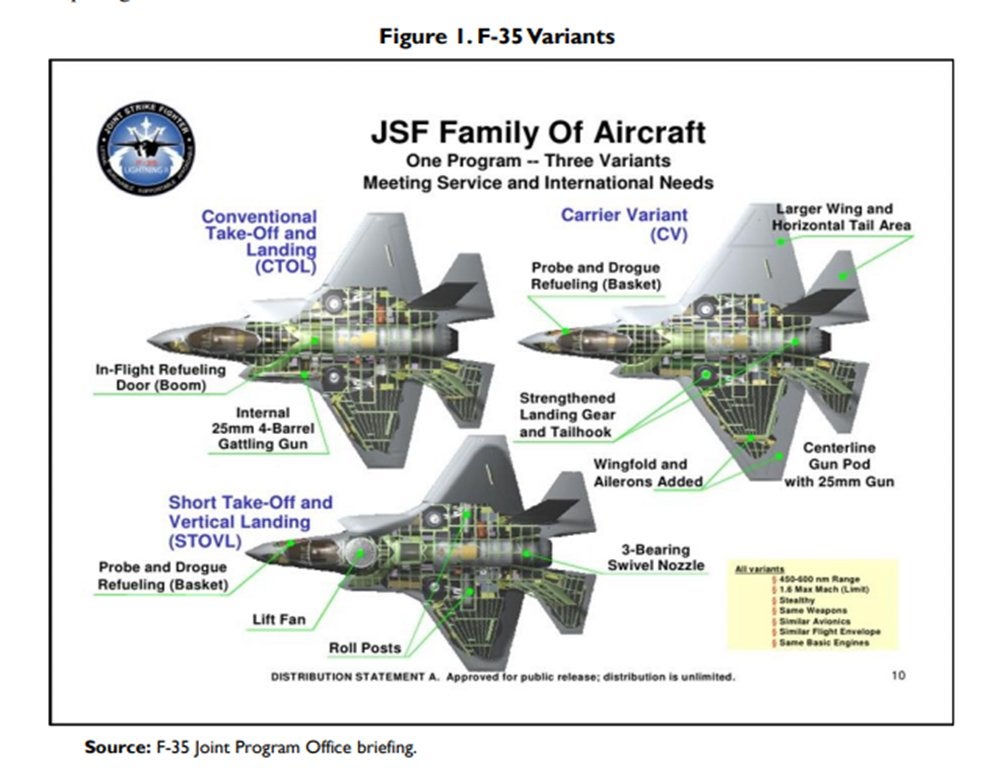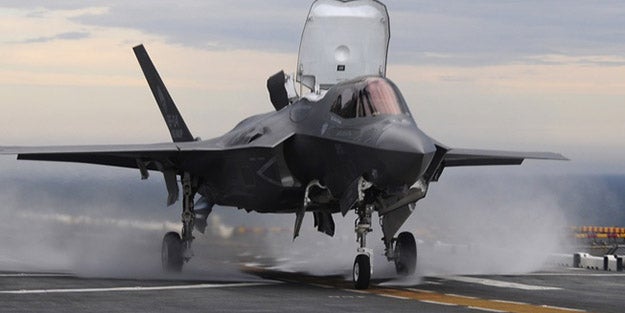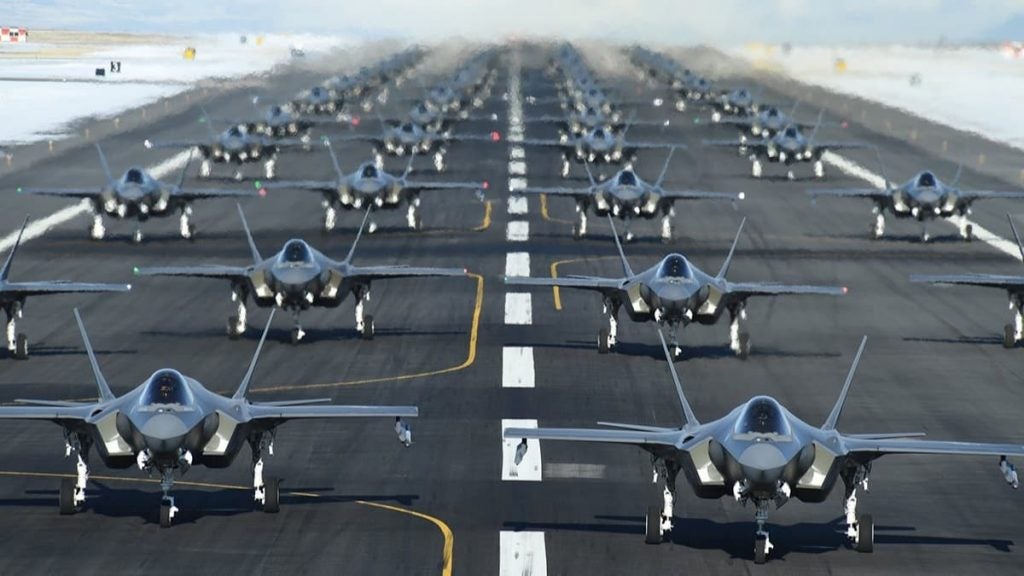Congressional Research Service’s Report on F-35
Congressional Research Service has published a report on the F-35
Joint Strike Fighter Project that examines the current status and the future of the US military’s most important aviation project.
Published on 31st March, 2020, the report briefly examines the current situation of the project, gives information about the procurement statistics. According to the report, current DOD plans call for acquisition of a total of 2,456 F-35s.

The report examines the over-pricing and slow progress of the project with the high-technology of the products. It implies that the F-35 promises significant advances in military capability and states “like many high technology programs before it, reaching that capability has put the program above its original budget and behind the planned schedule.”
According to the report the Administration’s proposed FY2021 defense budget requested about $11.4 billion in procurement funding for the F-35 program. This would fund the procurement of 48 F-35As for the Air Force, 10 f-35Bs for the Marine Corps and 20 F-35Cs for the Navy and Marines. Current Department of Defense plans call for acquiring a total of 2,456 F-35s for the Air Force, Marine Corps, and Navy at an estimated total acquisition cost, as of December 2018, of about $340.5 billion in constant FY2012 dollars.

The US Air Force plans to procure 1,763 F-35As, the conventional takeoff and landing (CTOL) variant of the aircraft. F-35As are set to replace Air Force F-16 fighters and A-10 attack aircraft and possibly F-15 fighters. CRS states that: “if the F-15/F-16 combination represented the Air Force’s earlier-generation ‘high-low’ mix of air superiority fighters and more-affordable dual-role aircraft, the F-22/F-35 combination might be viewed as the Air Force’s intended future high-low mix.”
The term high-low mix refers to a force consisting of a combination of high-cost, high capability aircraft, and lower-cost, more affordable aircraft. Procuring a high-low mix is a strategy for attempting to balance the goal for having a minimum number of very high capability tactical aircraft to take on the most challenging projected missions and the goal of being able to procure tactical aircraft sufficient in total numbers within available resources to perform all projected missions.
Definition from: ‘F-35 Joint Strike Fighter (JSF) Program: Background and Issues for Congress’, J. Gertler, 2009
The Marine Corps plans to procure 353 F-35Bs, the short takeoff and vertical landing (SVTOL) version of the F-35. This SVTOL variant will replace Marine Corps’ AV-8B Harrier vertical/short takeoff and landing attack aircraft and Marine Corps F/A-18A/B/C/D strike fighter, which are CTOL aircraft. The USMC has decided not to procure the newer F/A-18E/F strike fighter and instead wait for the F-35B in part because the F/A-18E/F is a CTOL aircraft, and the Marine Corps prefers aircraft capable of vertical operations. This aligns with their focus on using them aboard vessels like the Wasp class amphibious assault ship.

The Navy plans to procure 273 F-35Cs, a carrier-suitable CTOL version of the aircraft, and the USMC will also procure 67 F-35Cs. The F-35C is also known as the ‘CV’ version of the F-35, ‘CV’ is the naval designation for aircraft carrier. The Navy plans in the future to operate carrier air wings featuring a combination of F/A-18E/Fs and F-35Cs.
The F-35 is currently in low-rate initial production, with 500 aircraft delivered as of February 2020. At least 353 of those are in US service. Four to five aircraft are currently delivered each month.
The F-35 Joint Program Office is set to be reformed or eliminated as section 146 of the FY2017 National Defense Authorization Act required DoD to examine alternative management structures for the F-35 program. The report notes that: “Proponents argued that the overhead structure of a joint office, even if needed for the development of a joint aircraft, is not needed once production has been established, and further that the F-35 is functionally three separate aircraft, with much less commonality than earlier envisioned.”
Since 2015, the cost of operations and sustainment for the F-35 fleet’s lifecycle has been estimated at over $1 trillion. The US Air Force has subsequently been acquiring the F-15EX fighter, in part suggesting that its operating costs are significantly lower than the next generation multi-role fighters.
The report implies the possible sustainability problems that F-35s will face in the future. In the future the F-35 may be competing with the more developed versions of F-15EX and F/A18E/F for budget allocation.
The full report is available here.

